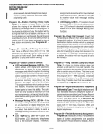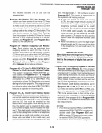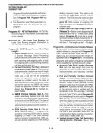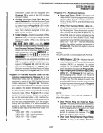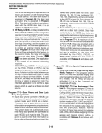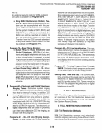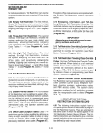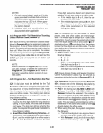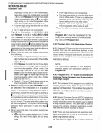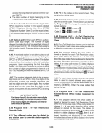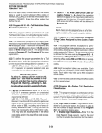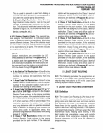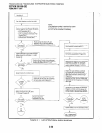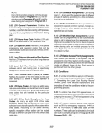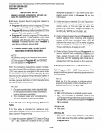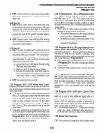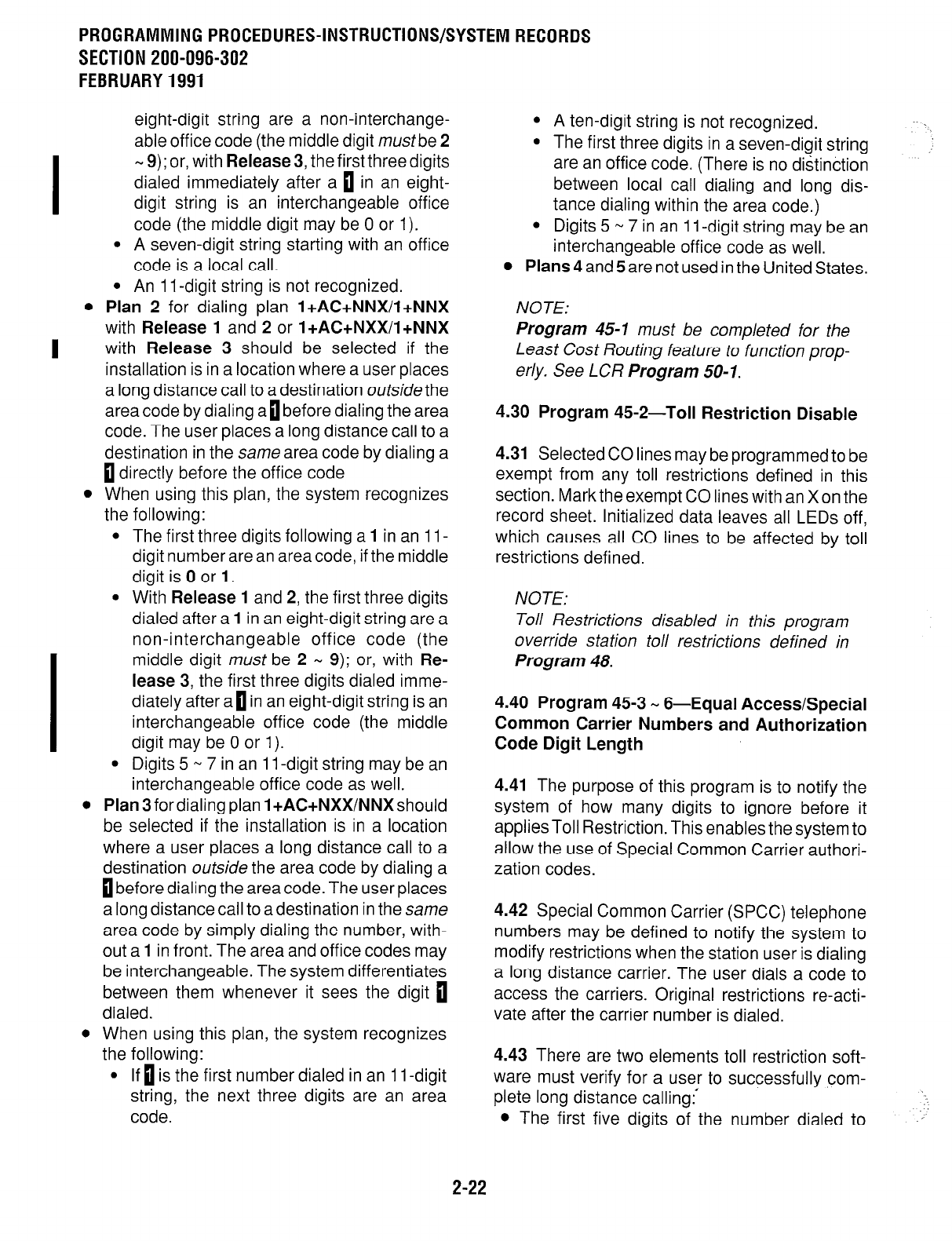
PROGRAMMINGPROCEDURES-INSTRUCTIONWSYSTEMRECORDS
SECTION 200-096-302
FEBRUARY1991
eight-digit string are a non-interchange-
l
A ten-digit string is not recognized.
able office code (the middle digit mustbe 2
l
The first three digits in a seven-digit string
:
w 9); or, with
Release
3, the first three digits
dialed immediately after a 0 in an eight-
are an office code. (There is no distinction
between local call dialing and long dis-
digit string is an interchangeable office tance dialing within the area code.)
code (the middle digit may be 0 or 1).
l
Digits 5 N 7 in an 11 -digit string may be an
l
A seven-digit string starting with an office interchangeable office code as well.
code is a local call.
l Plans
4 and 5 are not used in the United States.
l
An 11 -digit string is not recognized.
Plan
2 for dialing plan
l+AC+NNX/l+NNX
with
Release 1
and 2 or
1 +AC+NXX/l +NNX
with
Release 3
should be selected if the
installation is in a location where a user places
a long distance call to a destination outsidethe
area code by dialing a[ before dialing the area
code. The user places a long distance call to a
destination in the same area code by dialing a
0 directly before the office code
When using this plan, the system recognizes
the following:
l
The first three digits following a
1
in an li-
digit number are an area code, if the middle
digit is 0 or
1.
l
With
Release 1
and 2, the first three digits
dialed after a
1
in an eight-digit string are a
non-interchangeable office code (the
middle digit must be 2 w 9); or, with
Re-
lease
3, the first three digits dialed imme-
diately after ai in an eight-digit string is an
interchangeable office code (the middle
digit may be 0 or 1).
l
Digits 5 N 7 in an 11 -digit string may be an
interchangeable office code as well.
Plan
3 for dialing plan
1 +AC+NXX/NNX
should
be selected if the installation is in a location
where a user places a long distance call to a
destination outside the area code by dialing a
0 before dialing the area code. The user places
a long distance call to adestination in the same
area code by simply dialing the number, with-
out a
1
in front. The area and office codes may
be interchangeable. The system differentiates
between them whenever it sees the digit 0
dialed.
When using this plan, the system recognizes
the following:
l
If i is the first number dialed in an 11 -digit
string, the next three digits are an area
code.
NOTE:
Program 45-1 must be completed for the
Least Cost Routing feature to function prop-
erly. See LCR Program 50-l.
4.30 Program 452-Toll Restriction Disable
4.31
Selected CO lines may be programmed to be
exempt from any toll restrictions defined in this
section. Mark the exempt CO lines with an X on the
record sheet. Initialized data leaves all LEDs off,
which causes all CO lines to be affected by toll
restrictions defined.
NOTE:
Toll Restrictions disabled in this program
override station toll restrictions defined in
Program 48.
4.40 Program 45-3 w 6-Equal Access/Special
Common Carrier Numbers and Authorization
Code Digit Length
4.41
The purpose of this program is to notify the
system of how many digits to ignore before it
appliesToll Restriction. This enables the system to
allow the use of Special Common Carrier authori-
zation codes.
4.42 Special Common Carrier (SPCC) telephone
numbers may be defined to notify the system to
modify restrictions when the station user is dialing
a long distance carrier. The user dials a code to
access the carriers. Original restrictions re-acti-
vate after the carrier number is dialed.
4.43 There are two elements toll restriction soft-
ware must verify for a user to successfully com-
plete long distance calling:
l
The first five digits of the number dialed to
..’
.’
2-22



